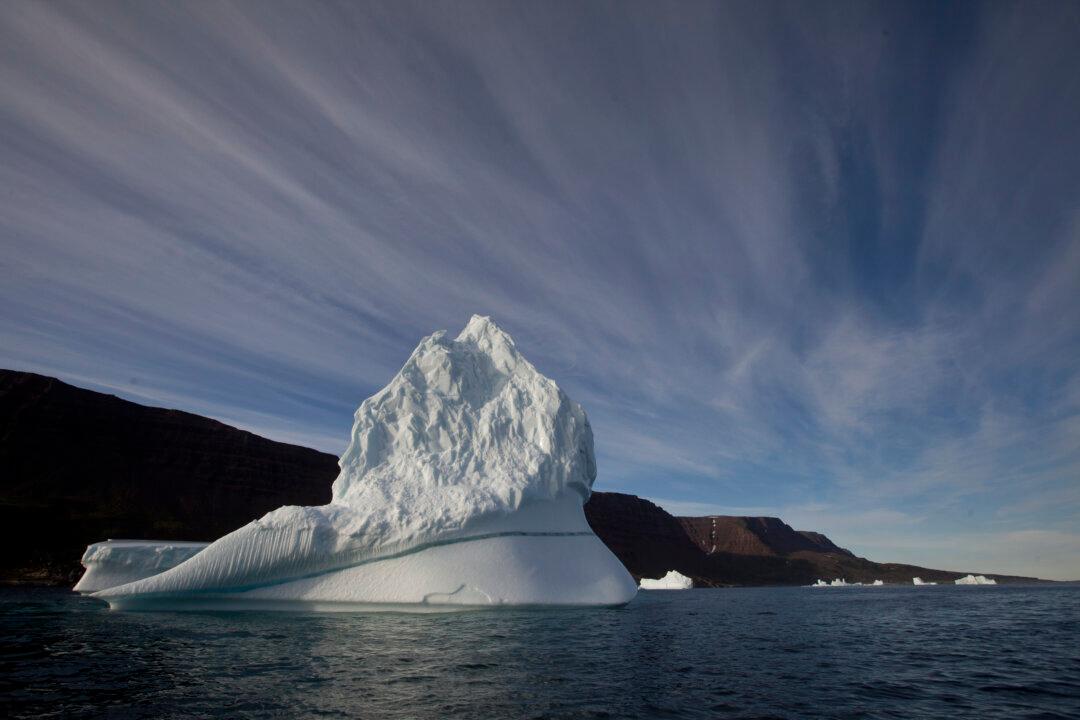Commentary
Political and corporate leaders gathered for the climate week in New York City have urged significant action to fight global warming. But, given the high costs of the suggested solutions, could it be that the suggested cure is worse than the disease?

